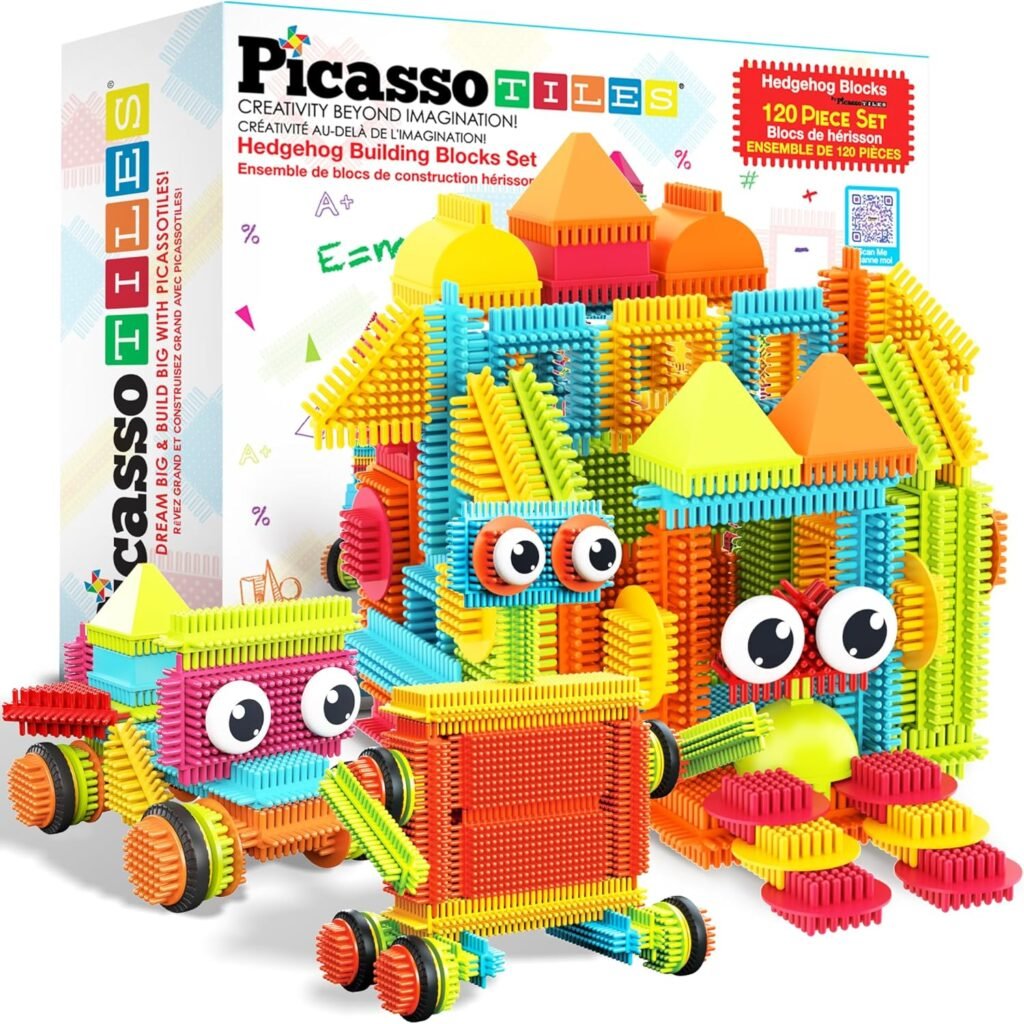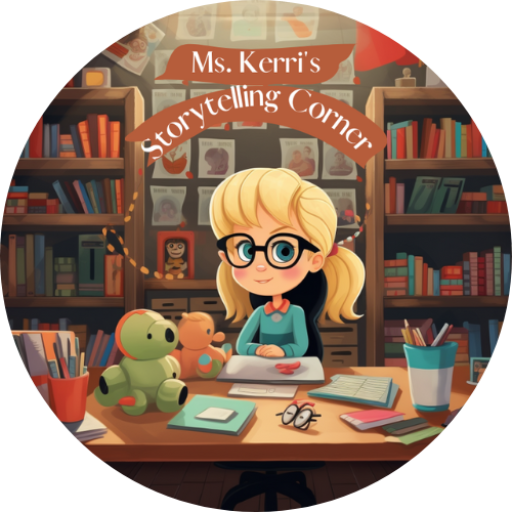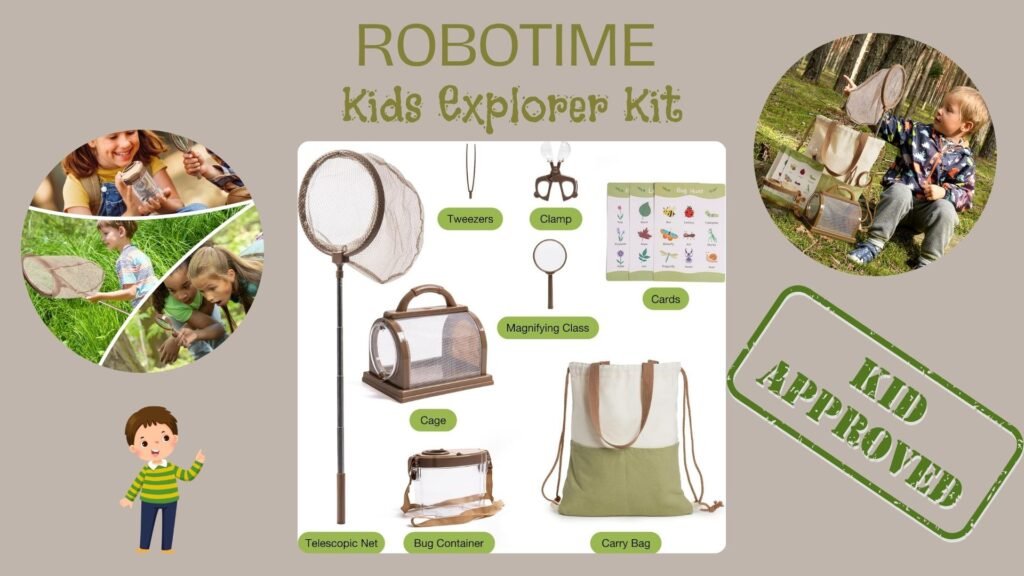Yoga can be a wonderful tool for helping preschoolers calm down and focus. Simple poses not only engage their bodies but also their minds, making it easier for them to settle and pay attention. This article will explore the benefits of yoga for young children, how to create a fun yoga environment, and some easy poses to get started. Plus, we’ll share tips for incorporating yoga into daily routines and making it a playful experience for preschoolers.
Key Takeaways
- Yoga helps preschoolers improve their focus and concentration.
- Simple poses enhance physical flexibility in young children.
- Practicing yoga encourages emotional regulation and calmness.
- Creating a fun environment makes yoga enjoyable for kids.
- Incorporating yoga into daily routines can help preschoolers relax.
Benefits of Yoga for Preschoolers
Improved Focus and Concentration
Yoga helps preschoolers develop better focus and concentration. By practicing poses, children learn to pay attention to their bodies and breath, which can lead to improved mindfulness. This focus can translate into better performance in school.
Enhanced Physical Flexibility
Engaging in yoga poses increases physical flexibility in young children. This flexibility not only aids in physical activities but also helps in preventing injuries. Here are some key benefits of improved flexibility:
- Better posture
- Increased range of motion
- Enhanced coordination
Emotional Regulation and Calmness
Yoga teaches children how to manage their emotions effectively. Through breathing exercises and calming poses, kids can learn to relax and find their center. Yoga can offer children much needed downtime to pause, slow down and manage their emotions better.
Practicing yoga regularly can help preschoolers develop coping skills that will benefit them throughout their lives.
In summary, the benefits of yoga for preschoolers are vast, impacting their focus, physical abilities, and emotional well-being. Incorporating yoga into their daily routine can lead to a more balanced and healthy lifestyle.
Creating a Safe and Fun Yoga Environment
Creating a welcoming space for yoga is essential for preschoolers. A safe environment encourages exploration and learning. Here are some key points to consider:
Choosing the Right Space
- Select a quiet area with enough room for movement.
- Ensure the floor is soft, like a carpet or yoga mats, to prevent injuries.
- Keep the space free from distractions to help kids focus.
Using Visual Aids and Props
- Incorporate colorful visual aids like illustrated yoga cards to guide the poses.
- Use props such as blocks or stuffed animals to make the practice engaging.
- Consider calming elements like soft lighting or gentle music to enhance the atmosphere.
Setting Clear Expectations
- Establish simple rules for behavior during yoga sessions. This helps maintain a positive and structured environment.
- Encourage kids to listen to their bodies and take breaks if needed.
- Remind them that yoga is about fun and exploration, not perfection.
A well-prepared yoga space can transform a simple activity into a joyful experience for preschoolers.
By focusing on these elements, you can create a yoga environment that is both safe and enjoyable for young children, allowing them to reap the benefits of yoga while having fun!
Simple Yoga Poses to Start With
Mountain Pose
To begin, have your child stand tall with their feet together. This pose helps them feel grounded and focused. Encourage them to take deep breaths, imagining they are a strong mountain.
Child’s Pose
This is a great resting pose. Have your child kneel on the mat, then sink back, stretching their arms out in front. This position promotes calmness and relaxation.
Tree Pose
In this pose, your child will stand on one leg while placing the other foot on their inner calf. They can raise their arms overhead, like branches reaching for the sky. This pose is excellent for improving balance and concentration.
Summary of Poses
| Pose | Benefits |
|---|---|
| Mountain Pose | Grounding and focus |
| Child’s Pose | Relaxation and calmness |
| Tree Pose | Balance and concentration |
Practicing these simple yoga poses can be a fun way for children to connect with their bodies and minds.
Encourage your preschooler to try these poses regularly. They can be a wonderful addition to your daily routine!
Incorporating Yoga into Daily Routines
Incorporating yoga into your preschooler’s daily routine can be a game changer. Regular practice can enhance focus and calmness, making it easier for them to handle daily challenges. Here are some effective ways to weave yoga into their day:
Morning Yoga Sessions
- Start the day with a few simple poses to energize your child.
- Use poses like Mountain Pose to promote a sense of grounding.
- Encourage deep breathing to set a positive tone for the day.
Yoga Breaks During the Day
- Schedule short yoga breaks between activities to help your child refocus.
- A quick 5-minute session can work wonders for their attention span.
- Use calming poses like Child’s Pose to help them relax and recharge.
Bedtime Yoga for Relaxation
- End the day with gentle stretches to prepare for sleep.
- Incorporate calming poses to help your child unwind.
- This routine can improve sleep quality, making bedtime smoother.
Integrating yoga into daily routines not only supports physical health but also nurtures emotional well-being.
By making yoga a regular part of your preschooler’s life, you can help them develop essential skills for focus and emotional regulation. Remember, the key is to keep it fun and engaging!
Tips for Teaching Yoga to Preschoolers
Teaching yoga to young children can be a delightful and fulfilling experience. Here are some effective strategies to make your sessions enjoyable and productive.
Keeping Instructions Simple
- Use clear and concise language when explaining poses.
- Break down each pose into easy steps.
- Use visual aids, like illustrated cards, to help kids understand the movements better.
Encouraging Creativity and Exploration
- Allow children to express themselves through the poses. Encourage them to try variations that feel comfortable.
- Make the session playful by incorporating games or themes, like animal poses.
- Celebrate their unique interpretations of the poses to foster confidence.
Monitoring Safety and Comfort
- Ensure the yoga area is safe and spacious. A clear space helps prevent accidents.
- Remind children to listen to their bodies and stop if they feel any discomfort.
- Be patient and flexible; adapt the session based on the children’s energy levels and needs.
By following these tips, you can create a positive environment that promotes focus, relaxation, and mindfulness in your preschoolers. Yoga is not just a calming activity; it’s a valuable tool for their overall well-being.
Using Yoga as a Classroom Management Tool
Yoga can be a fantastic way to manage a classroom full of energetic preschoolers. It helps create a calm and focused environment that benefits both students and teachers. Here are some effective strategies to incorporate yoga into your classroom management:
Calming an Energetic Classroom
- Quick Yoga Breaks: A short 2-minute session with poses like Mountain Pose or Child’s Pose can act as a reset button for the class.
- Breathing Exercises: Simple breathing techniques can help students regain focus and calm down during chaotic moments.
- Mindful Moments: Encourage students to take a moment of silence after yoga to internalize the calmness.
Improving Focus During Lessons
- Brain Breaks: Use poses like The Giraffe or The Turtle to help students refocus after long periods of attention.
- Structured Sequences: A well-planned sequence of poses can enhance engagement and concentration.
- Visual Aids: Use illustrated cards to help students understand and remember the poses.
Smooth Transitions Between Activities
- Transition Poses: Incorporate yoga poses during transitions to help students shift their focus smoothly.
- Routine Integration: Make yoga a regular part of your daily schedule to create familiarity and comfort.
- Positive Reinforcement: Reward students for participating in yoga sessions to encourage ongoing engagement.
By using yoga as a classroom management tool, you not only help students focus but also teach them valuable skills they can use throughout their lives. This approach is more effective than traditional methods like detention, as it promotes mindfulness and emotional regulation instead of punishment.
Incorporating yoga into your classroom can lead to a more peaceful and productive learning environment, making it a win-win for everyone involved!
Engaging Preschoolers with Yoga Games
Animal-Themed Yoga Poses
One fun way to engage preschoolers is through animal-themed yoga poses. Here are some popular ones:
- Cat Pose: Mimics a cat stretching.
- Cobra Pose: Represents a snake rising.
- Frog Pose: Kids can jump like frogs!
Story-Based Yoga Sessions
Incorporating stories into yoga can make it more exciting. You can create a simple story where each character represents a different pose. For example:
- The Lion: Roar and stretch like a lion.
- The Butterfly: Flap your wings while sitting.
- The Tree: Stand tall and steady like a tree.
Interactive Yoga Challenges
Make yoga a game with challenges! Here are some ideas:
- Yoga Dice: Use fun yoga dice for kids yoga game. Each roll reveals a new pose, keeping the excitement high.
- Pose Relay: Kids race to complete a series of poses.
- Freeze Yoga: Call out a pose, and kids must freeze in that position.
Engaging preschoolers with yoga games not only makes the practice enjoyable but also helps them develop focus and coordination. Yoga can be a fun adventure!
Final Thoughts on Yoga for Preschoolers
In conclusion, introducing simple yoga poses to your preschooler can be a wonderful way to help them calm down and focus. These activities not only promote relaxation but also encourage mindfulness and self-awareness. By practicing poses like the Mountain or Child’s Pose, your child can learn to manage their emotions and find peace in their busy lives. Remember, the key is to make it fun and engaging, allowing them to express themselves freely. With regular practice, these yoga sessions can become a cherished part of your routine, benefiting both you and your child.
Frequently Asked Questions
What are the benefits of yoga for preschoolers?
Yoga helps preschoolers focus better, become more flexible, and learn to manage their emotions.
How can I create a fun yoga space for my child?
Pick a quiet area with enough room to move. Add colorful mats and fun props like stuffed animals.
What are some easy yoga poses for young kids?
Simple poses like Mountain Pose, Child’s Pose, and Tree Pose are great for preschoolers.
How can I include yoga in my child’s daily routine?
Try morning stretches, short yoga breaks during the day, or relaxing poses before bedtime.
What tips can help me teach yoga to preschoolers?
Keep instructions clear, let them be creative, and always ensure they feel safe and comfortable.
Can yoga help manage a busy classroom?
Yes! Yoga can calm kids down, help them focus during lessons, and make transitions smoother between activities.


Ms. Kerri’s Corner provides a exciting virtual space for preschool learning. Through a variety of engaging activities, she exposes young minds to early math, literacy, science and social-emotional skills in a developmentally appropriate way. Centers for blocks, art, books and music allow children to explore hands-on learning at their own pace. Guided lessons subtly introduce number sense, letter sounds and narrative thinking. Careful observation gives insight into each child’s progress across domains. Viewers are also invited to participate, reinforcing that their ideas are valued. By making learning fun yet purposeful, Ms. Kerri lays the groundwork for future academic success while fostering creativity and imagination. Her program offers preschoolers valuable screen-based learning experiences.





